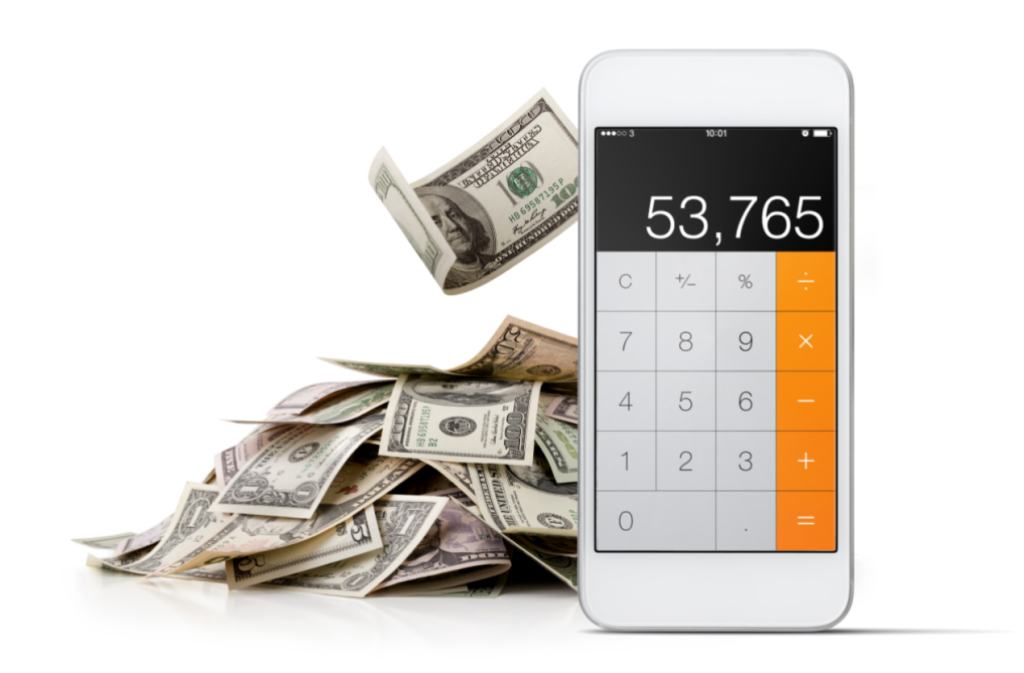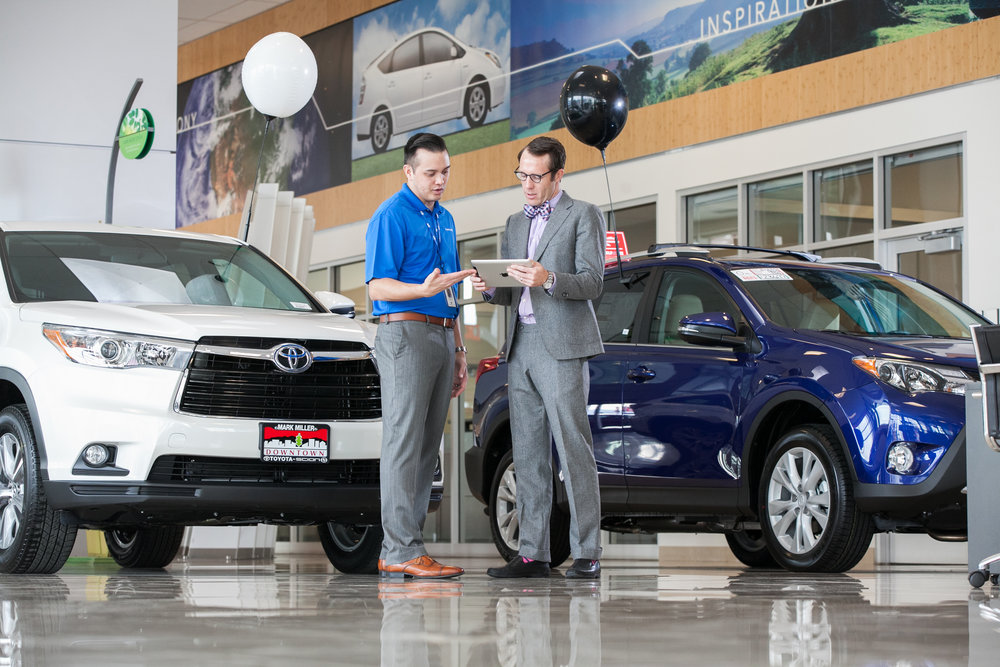Earlier this month, Cheryl Miller, Senior Vice President and General Manager of Dealertrack F&I and Titling Solutions, participated in a keynote panel at the Consumer Banking Association’s CBA Live 2019 conference. The topic was Digital Retailing Evolution: What’s NOW & What’s Next, and Cheryl shared her expertise on digital retailing in the automotive industry and how the technology is bringing lenders and dealers together.
Following are some of the subjects Cheryl addressed during the panel.
How has digital retailing evolved over the past year and where do you see it going over the next 2-3 years?
The trend is toward an end-to-end digital experience that gives car buyers the flexibility to do as much or as little of the deal online as they prefer. This opens up new worlds for dealers when it comes to buyer targeting throughout the customer lifecycle, including advertising, purchasing, servicing and financing.
For dealers and lenders alike, it’s driven by customer demand. The way consumers purchase things has changed, and customers want the car buying process to incorporate conveniences such as shopping online. Our research shows 83 percent of customers prefer to do at least one purchase step online outside of the dealership. Using a digital retailing solution can help deliver a better customer experience that’s in line with what buyers want.
This is not the only way dealers benefit from digital retailing. The traditional retail sales process takes 3 or more hours for the average dealership to complete. Completing steps of a deal online saves an average of 30 minutes. A more efficient process gets deals completed more quickly, which gives a dealership more time to serve more customers. Digital retailing solutions better connect the online to in-store shopping experience due to streamlined processes, less data re-entry and increased accuracy.
The market is growing, in large part due to demographics. By 2020, Millennials (consumers in their early twenties to late thirties) are forecast to represent 40% of car buyers. There are more than 75 million members of this tech-savvy generation, and they’re at the forefront of demand for digital retailing experiences. Eventually we expect to see the 100% digital deal where every facet is handled online. Most of today’s customers still prefer to finalize their purchase at the dealership, but each successive generation will be more comfortable with ordering a car online the way they order merchandise from Amazon.
How are dealers and lenders working together to succeed with digital retailing solutions?
Dealers see digital retailing as an opportunity to connect the online experience to the in-store experience, and ultimately as a way to increase revenue. Our 2018 Cox Automotive Lender Study revealed that 51% of dealers say it is important for lenders to offer digital contracting to complement their digital retailing workflow. Dealers select their lender pool based on rate competitiveness, turnaround time for credit application decisions, and the strength of their relationship with their finance partners. Being able to work with lenders via the same platform they use for other digital retailing functions strongly meets two of those criteria.
Dealers today suffer from margin compression, so they are constantly looking for ways to profitably structure their deals with their lender partners. Lenders should strive to bridge the gap so that dealers understand you are there as a partner and what you can bring to the table to assist on margin compression and the deal structure – at the right rate for profitability. We see that most dealers are looking for qualified customers who meet their lender requirements. Dealers are a critical part of the retail experience, often finding the best financing available with valuable incentives for their customers. We offer solutions to both dealers and lenders that are well positioned to offer consumers choices that lead to a frictionless car-buying experience.
Dealertrack and all our Cox Automotive solutions are fully committed to our vision to digitize the process to procure a vehicle “from contact to contract.” We understand dealers and lenders both play key roles in every vehicle sale that involves financing. A well-planned digital retailing solution gives both of them tools that work together seamlessly.
With 85% of all new cars sold needing to be financed, dealers and lenders do play well together. The dealer works with the lender and for them – as well as for the consumer. The dealer provides the lender an opportunity in the form of a sourced lead, the lender is retained, and they work together to sell cars, to the benefit of both organizations. Partnership here is instrumental between dealers and lenders.
Do lenders need to upgrade to digital retailing tools now or can they wait for the industry to mature?
The answer is “now.” The time for waiting is over because dealers are already engaged in some form of digital retailing – many dealers already use their website for leads, digital media/social strategies, and more. Digital retailing enables dealers to capture more opportunities. Thus, now is the time for lenders to act if you are trying to increase your partnerships with dealers and gain market share and grow originations.
The technology is in demand by dealers. Customers are demanding better service orientation and a solution more akin to other shopping experiences, like the way they buy coffee and shop for groceries and other household goods. It makes sense for lenders to put digital retailing tools in place now, even if there are certain functionalities and features that won’t be fully utilized until the industry matures further. Be ready for what is here now, and it will simply continue to grow. Be ready so you can win in the marketplace.






